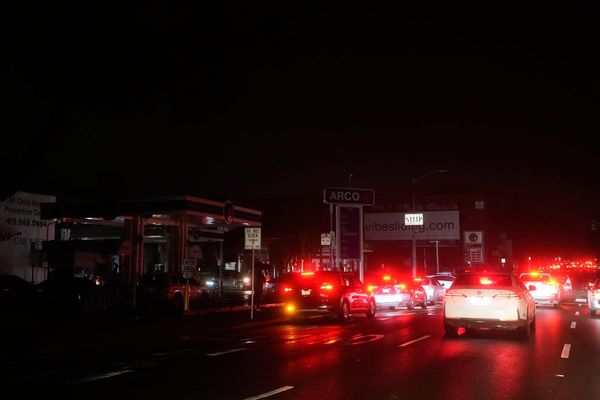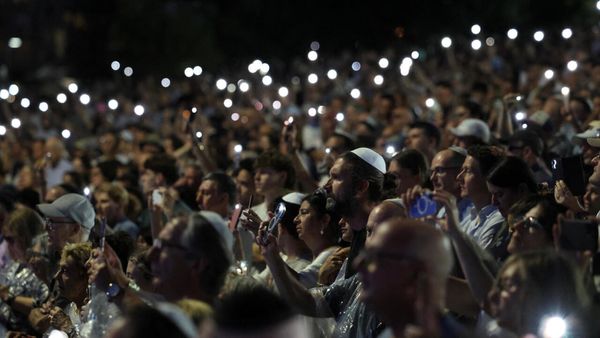
Video game cutscenes have been around for decades, bridging the gap between interactive media and cinematography, often helping to expand the story and narrative and presenting it to the player in a more transformative and meaningful way.
However, cutscenes have generally gotten stale over the years, especially with the popularization of shorter, less engaging cutscenes, which do not significantly contribute to the narrative, which is nowadays relegated to more interactions and gameplay.
I think that's not such a great thing, and decided to explore the notion of why we need more good, cinematic, narratively and directorially dense cutscenes in games.
Games used to do cutscenes better

Ever since I completed Death Stranding 1 and 2, I started thinking about the utilization of heavy cutscenes with interspersed gameplay. Not long after, I had come to realize that yes, indeed, cutscenes can and will enhance the narrative presentation of any given story-oriented game, but also that relying on them too much leans the game too much on the side of cinema, thus reducing its nature as a video game.
I then started going back into the past, the golden age if you will, and set myself to experiencing those games that, aside from their heavy cutscenes, also had some amazing gameplay as well.
This led me to Metal Gear Solid 1 and 2, two great, old games that utilized a ton of cinematic, heavily directed and edited cutscene content. Combined with their otherwise revolutionary gameplay, these titles provided the player with a very different, very engaging experience that draws them in via strong gameplay and rewards them with a strong story via cutscenes.
Both of these games offer interspersed cutscene content that, as I've noted, feels as if you've really accomplished something once it comes up.
You can easily be stuck for a couple of hours trying to navigate a hostile maritime base where, if you're spotted even once, you're pretty much done for as tides of enemies swarm your position. Incredibly smart enemy AI as well adds to the difficulty and the challenge, as well as to the notion that you're actually dealing with human enemies and not marionettes. Once you clear this challenge and have initiated a cutscene, which is beyond anything games had in those days, you feel rewarded and additionally engaged.
All the Metal Gear Solid games feature a ton of cutscenes, the fourth one especially, and all have been directed by Hideo Kojima, who genuinely seems to believe in the power of this medium when combined with strong gameplay.
Other than him, games like Warcraft 3, for example, utilized exceptional in-game cutscenes. This title had none of the pomp and cinematography of the Metal Gear Solid games, by no means, but still managed to significantly reduce the distance between the player and the game's world. Each time a cutscene played, you'd feel like you're finally on ground level, having come down from your high spot in the sky to really take in the world you're participating in. Cutscenes here also had content that was otherwise inaccessible during gameplay, making them, too, feel incredibly rewarding.
New games need more of them

One newer game that did rely heavily on cutscenes, and perhaps too heavily, was Quantum Break. Developed by Remedy and directed by Sam Lake, the studio's overall cinematographic vibes are being heavily tested in this game. After all, this is by no means Alan Wake 2 or Control with heavy postmodern design philosophies, but is nevertheless a unique and experimental experience.
The game is half a game and half a TV show, the story broken up into episodes with live-action cutscenes in between the gameplay moments. It, like the games I've mentioned before, does a masterful thing: it brings the player closer to the world being presented to them. Cutscenes remove the limitations of gameplay and allow for a story to take place and unravel right in front of you, which is something a lot of newer games could use.
Where things are lacking, particularly in these modern times, is the overreliance on in-game cutscenes and animation reuse to haphazardly create a "cutscene-like" experience that is severely limited by the very game. You do not use the same animations for gameplay as you do for cutscenes, and if you do, you're significantly limiting what you can do with a cutscene in general.
Take The Witcher 3, for example. All the animations in its "cutscenes" (the non-pre-rendered ones, which make up the majority) are reused from gameplay. This severely takes away from the experience of the cutscene, as seeing Geralt use an animation you've already seen him use in a completely different context just adds to the video-gamey vibes. No transformation is made, no gap is bridged. You still feel like you're in a game and are never brought any closer.
Hell, even GTA San Andreas had advanced animations for its cutscenes and rarely reused gameplay elements precisely to, even if for a little while, remove the video game from the equation.
Baldur's Gate 3, too, alongside the likes of Bethesda's titles, relies too heavily on interactions and dialogue, which serve the purpose of the cutscene. There are very few dedicated cinematic moments in these games, but when they do happen, they're some of the most memorable. Oversaturation is thus not the answer, but rather expanding and improving on them to make them feel like actual rewards, like they do in the games above.
Which brings me to my conclusion: we need more good video game cutscenes to transform the video game experience into something more tangible. While we can control the character and influence the world somewhat, we are only ever given a true glimpse of what we're playing via cutscenes.
We see places we cannot see in gameplay; we experience moments that are absent from the game; we are afforded a perspective completely different from the camera.
All this is made possible via a good, cinematic, transformative cutscene, and needs to make a grand return to gaming broadly, and not only feature in post-modern metafictional titles like Alan Wake 2 and Death Stranding.
What do you think, Destructoid? How significant are cutscenes, particularly in narrative-driven games? Should they feature more prominently with dedicated direction, animations, and cinematography? Let me know below.
The post Why we need more good cutscenes in video games appeared first on Destructoid.







